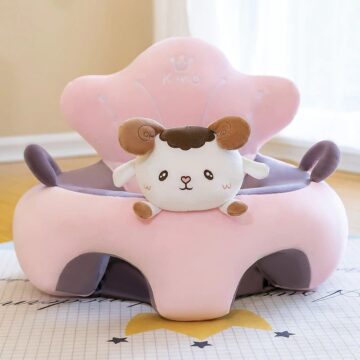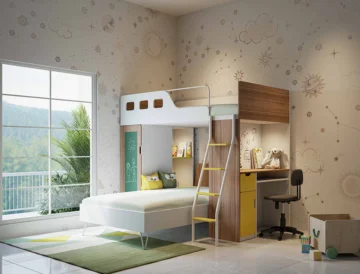
Toys in Pakistan
Digital and physical play’s Effects on young children’s Development so we need to explain Toys in Pakistan
Technology has significantly influenced our culture over the past ten years, and kids are being exposed to it at younger and younger ages. While technology has greatly benefited our civilization,
Despite its many benefits, research indicates that technology may not utterly favorably impact young children’s development. Technology may be interpreted in many different ways. Still, for the sake of this study project, it is specifically referred to as technology that tries to appeal to toddlers and children, such as television, video games, portable video games, iPods, and iPhone apps. Given the rapid development of technology in our society, it’s critical to comprehend how it affects not only our daily lives but also the growth of young children.
There is technology everywhere. It occurs in households, public spaces, and educational settings. It is increasingly being utilized with kids in speech therapy. For instance, research conducted in 2012 by Flores and colleagues compared the use of the Apple iPad to the use of conventional image cards while attempting to enhance social and communication skills in children with impairments. Which was created to support the growth of contact with children and was used by parents. These are just a few of the numerous instances that demonstrate how technology can be beneficial and function in children’s instruction and growth. This study aims to investigate how technology affects young children’s play development.
Traditional physical toys are being digitalized.
The AIJU is devoted to bringing the two worlds together by developing virtual settings, so it is far from posing whether kids should use video game consoles and the Internet or conventional physical toys. As time passes, kids become less interested in the traditional toys we’ve always played with and more drawn to the newest gadgets.
Utilizing these virtual situations increases the experience of the real thing by scanning a toy with a smartphone or tablet. Therefore, for instance, if a kid scans his toy kitchen to pretend to be a brilliant chef, an area where his food appears in Augmented Reality can be unlocked. In turn, this technology may combine lessons on healthy eating and food preparation for kids. The appeal of these games to kids is increased by this choice.
Big Data for understanding children’s emotional state
Not being able to identify children’s destructive emotions in time is one of the worries parents and educators have. In this regard, Big Data can help identify instances of bullying or family issues owing to the deployment of 5G.
The use of chatbots in games is the most essential tool. This method of connecting with the youngster is based on straightforward and typical inquiries. One of them may be to inquire about how they’re doing. The system then delivers a summary of the responses to the parents. That is not the sole method of learning knowledge, though. The algorithm examines whether the youngster utilizes excessive gloomy tones or whether the characters’ faces are depressing when generating virtual scenes. In such circumstances, this can point to a problem.
Do connect toys safeguard children’s privacy, and are they safe?
These gadgets have hazards, just like any other connected electronics. On the one hand, they force responsible businesses to keep them on the cloud due to the sheer amount of data they gather. This means that each manufacturer must safeguard the data collected from youngsters.
Typically, the youngster must offer some information to completely appreciate these toys. Yet, to restrict the data that toy producers may gather on children, the European Commission has already published rules in this area. As a result, they cannot find the child’s address and must restrict the quantity of information they request.
Moreover, businesses are not immune to hacking attacks. To ensure the toy’s safety throughout its life cycle, the European Commission has mandated that manufacturers of intelligent toys apply organizational and technological safeguards.
Parents need to place the same security precautions for other devices to secure their home Wi-Fi, such as turning off the toy when it’s not in use or updating the security software when it becomes available. They are frequently the most effective defenses against intrusion.

















